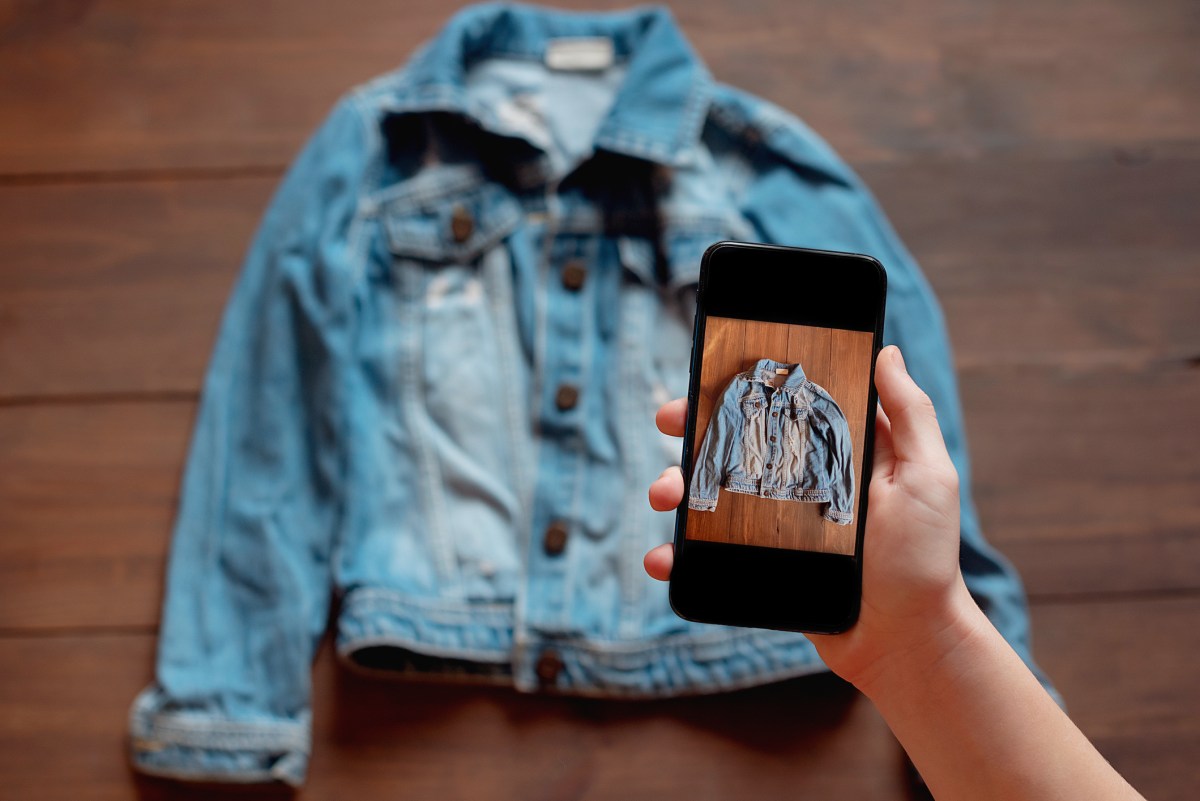The circular economy promises to remake retail. Why is it so hard to trust? | TechCrunch
The circular economy promises to remake retail. Why is it so hard to ... TechCrunch


Thrifting with a Tech Twist

Thrifting is back, though this time it has a tech spin on it.
An entirely new generation has discovered the pleasures of digging through other people’s discarded clothes in the hopes of finding the perfect piece. Hoping to cash in on the trend, companies have been embracing resale platforms, allowing them to capture some residual value while polishing their sustainability bona fides.
The Sustainable Development Goals (SDGs)
- Goal 12: Responsible Consumption and Production
- Goal 8: Decent Work and Economic Growth
- Goal 9: Industry, Innovation, and Infrastructure
- Goal 13: Climate Action
Brand-Owned Resale and Patagonia’s Worn Wear Program
If it sounds too good to be true, it is for now, at least. Brand-owned resale still has a few kinks to work out if it’s going to transform retail.
Few companies have embraced resale as much as Patagonia, the outdoor gear supplier. Its Worn Wear program, which began as a used clothing section in its retail stores, is now a full e-commerce site that offers discounts on items with plenty of life in them. For brand aficionados, it also gives them access to back catalog items that are no longer available. It’s been a decade-long experiment that teases what a future circular economy might look like.
For companies like Patagonia, brand-owned resale is appealing for several reasons. The privately held company’s clothing has a reputation for being “buy it for life,” and its items tend to last for years, even decades. Plus, for a company that has staked its name on sustainability, selling used clothing is a logical extension of the brand.
For other companies, even if sustainability isn’t a key differentiator, brand-owned resale sites can help capture some of the value that would otherwise go to secondhand markets like eBay, Poshmark, Mercari and others.
The Role of Patagonia and Trove
To fill Worn Wear’s virtual shelves, Patagonia pays people for their old clothing. Not as much as they might get if they were to sell them directly on other resale sites, but it promises to be a simpler process: either drop off the clothes at a Patagonia retail store or mail them in. The company’s partner, Trove, handles the rest.
Once an item arrives at Trove’s warehouse in California, a team of workers inspects and photographs it. It also compares the item ID against a database it maintains to determine whether the piece is authentic. Items that can’t be identified (maybe the item ID is unreadable), the company employs computer vision to narrow the possibilities. The workers log descriptions of each item’s condition so that once they appear on the resale site, which Trove also manages, customers have a decent idea of what they’re buying. Since each item that winds its way through Trove’s warehouse has different wear patterns, they all receive unique SKUs. Partners can monitor their resale platform’s performance through dashboards, reports and CRM integrations.
Trove’s Success and Challenges
Trove has ridden the resale wave, raising over $150 million total, including an early-stage investment from Tin Shed Ventures, Patagonia’s venture capital fund. It’s not the only resale platform that works directly with brands, but it’s broadly considered a leader. Recently, though, Trove appears to have stumbled. Its Series E round, which closed in July, added another $30 million to its coffers but also cut its valuation in half, according to PitchBook. Still, the resale company has managed to attract a dozen clothing and outdoor gear companies to its platform, including not just Patagonia but also REI, Levi’s, Lululemon, Allbirds and others.
SDGs, Targets, and Indicators Analysis
1. Which SDGs are addressed or connected to the issues highlighted in the article?
- SDG 12: Responsible Consumption and Production
- SDG 8: Decent Work and Economic Growth
- SDG 9: Industry, Innovation, and Infrastructure
The article discusses the rise of brand-owned resale platforms, which aligns with SDG 12’s focus on promoting sustainable consumption and production patterns. It also mentions the economic benefits for companies, indicating a connection to SDG 8’s goal of promoting decent work and economic growth. Additionally, the use of technology and the involvement of various companies highlight the relevance to SDG 9, which focuses on industry, innovation, and infrastructure.
2. What specific targets under those SDGs can be identified based on the article’s content?
- SDG 12.5: By 2030, substantially reduce waste generation through prevention, reduction, recycling, and reuse.
- SDG 8.5: By 2030, achieve full and productive employment and decent work for all women and men, including for young people and persons with disabilities, and equal pay for work of equal value.
- SDG 9.2: Promote inclusive and sustainable industrialization and foster innovation.
The article highlights the efforts of Patagonia’s Worn Wear program to reduce waste by promoting the reuse of clothing through resale. This aligns with SDG 12.5’s target of reducing waste generation through recycling and reuse. The involvement of Trove and other companies in the resale platform also contributes to SDG 8.5’s target of achieving full and productive employment and decent work. Furthermore, the use of technology and the development of brand-owned resale platforms support SDG 9.2’s target of promoting sustainable industrialization and fostering innovation.
3. Are there any indicators mentioned or implied in the article that can be used to measure progress towards the identified targets?
- Number of items sold through brand-owned resale platforms
- Reduction in waste generation through resale and reuse
- Number of companies adopting brand-owned resale platforms
The article mentions Patagonia’s Worn Wear program and the involvement of other companies like REI, Levi’s, Lululemon, and Allbirds in brand-owned resale platforms. The number of items sold through these platforms can serve as an indicator of progress towards SDG 8.5’s target of achieving full and productive employment and decent work. Additionally, tracking the reduction in waste generation through resale and reuse can measure progress towards SDG 12.5’s target. The number of companies adopting brand-owned resale platforms indicates progress towards SDG 9.2’s target of promoting sustainable industrialization and fostering innovation.
4. Table: SDGs, Targets, and Indicators
| SDGs | Targets | Indicators |
|---|---|---|
| SDG 12: Responsible Consumption and Production | Target 12.5: By 2030, substantially reduce waste generation through prevention, reduction, recycling, and reuse. | – Reduction in waste generation through resale and reuse – Number of items sold through brand-owned resale platforms |
| SDG 8: Decent Work and Economic Growth | Target 8.5: By 2030, achieve full and productive employment and decent work for all women and men, including for young people and persons with disabilities, and equal pay for work of equal value. | – Number of items sold through brand-owned resale platforms – Number of companies adopting brand-owned resale platforms |
| SDG 9: Industry, Innovation, and Infrastructure | Target 9.2: Promote inclusive and sustainable industrialization and foster innovation. | – Number of companies adopting brand-owned resale platforms |
Behold! This splendid article springs forth from the wellspring of knowledge, shaped by a wondrous proprietary AI technology that delved into a vast ocean of data, illuminating the path towards the Sustainable Development Goals. Remember that all rights are reserved by SDG Investors LLC, empowering us to champion progress together.
Source: techcrunch.com

Join us, as fellow seekers of change, on a transformative journey at https://sdgtalks.ai/welcome, where you can become a member and actively contribute to shaping a brighter future.







